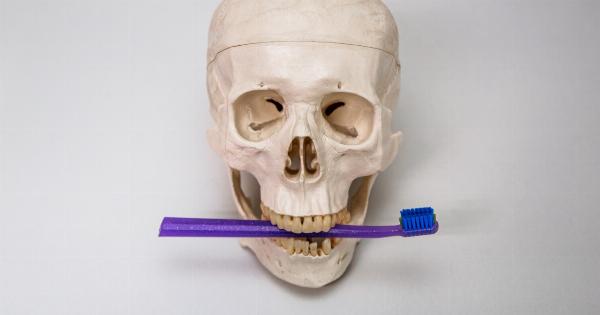As we grow older, our bodies undergo a variety of physical changes that affect our health and well-being. Despite decades of research, scientists still do not fully understand the mechanisms behind aging and age-related diseases.
There are many hypotheses, but no definitive answers. In this article, we explore some of the latest findings on the mystery of aging.
Theories of Aging
There are many theories of aging, but two main ones are the programmed aging theory and the stochastic aging theory. The programmed aging theory suggests that our bodies have an internal biological clock that determines when we age and when we die.
This clock triggers certain changes in our DNA and cellular activity, leading to aging and age-related diseases.
On the other hand, the stochastic aging theory suggests that aging is caused by random damage to our cells and DNA over time. This damage can come from a variety of factors, such as environmental toxins, radiation, and natural wear and tear.
Eventually, this damage accumulates and leads to aging and age-related diseases.
The Role of Telomeres in Aging
Telomeres are the protective caps on the ends of our chromosomes that keep them from unraveling or fusing with other chromosomes. Every time a cell divides, the telomeres get shorter, until eventually the cell can no longer divide.
This is called cellular senescence. Some researchers believe that telomere shortening is a major factor in aging and age-related diseases.
Telomerase, an enzyme that can lengthen telomeres, has been studied as a possible treatment for age-related diseases such as Alzheimer’s and heart disease.
The Role of Mitochondria in Aging
Mitochondria are the powerhouses of our cells, producing the energy that our bodies need to function. They are also responsible for regulating cell death, a process called apoptosis.
As we age, mitochondria can become damaged and less efficient, leading to a buildup of free radicals and oxidative stress. This can contribute to aging and age-related diseases such as cancer and neurodegenerative disorders.
The Role of Epigenetics in Aging
Epigenetics refers to changes in gene expression that are not caused by changes to the DNA sequence. These changes can be caused by a variety of factors, including environmental toxins, stress, and lifestyle choices such as diet and exercise.
Some researchers believe that epigenetic changes can contribute to aging and age-related diseases. They are studying ways to reverse or prevent these changes as a possible treatment for age-related diseases.
The Role of Inflammation in Aging
Inflammation is the body’s response to injury or infection. It is a necessary process for healing, but chronic inflammation can contribute to aging and age-related diseases.
Inflammation can be triggered by a variety of factors, including poor diet, lack of exercise, stress, and environmental toxins. Researchers are studying ways to reduce inflammation as a possible treatment for age-related diseases.
The Role of Hormones in Aging
Hormones play a key role in many of our body’s functions, including growth, metabolism, and reproduction.
As we age, our hormone levels can decline, leading to a variety of age-related changes such as muscle loss, bone loss, and changes in mood and cognition. Hormone replacement therapy has been studied as a possible treatment for age-related changes in both men and women.
The Role of Lifestyle Factors in Aging
There are many lifestyle factors that can contribute to aging and age-related diseases, including diet, exercise, sleep, and stress.
A healthy diet that is rich in fruits, vegetables, and whole grains can help protect against age-related diseases, while a sedentary lifestyle and poor sleep habits can contribute to them. Stress reduction techniques such as meditation and yoga have also been studied as possible treatments for age-related diseases.
Conclusion
Despite decades of research, the mystery of aging remains unsolved. There are many theories and hypotheses, but no definitive answers.
Scientists continue to study the various factors that contribute to aging and age-related diseases, and are exploring new treatments to reverse or prevent these changes.




























